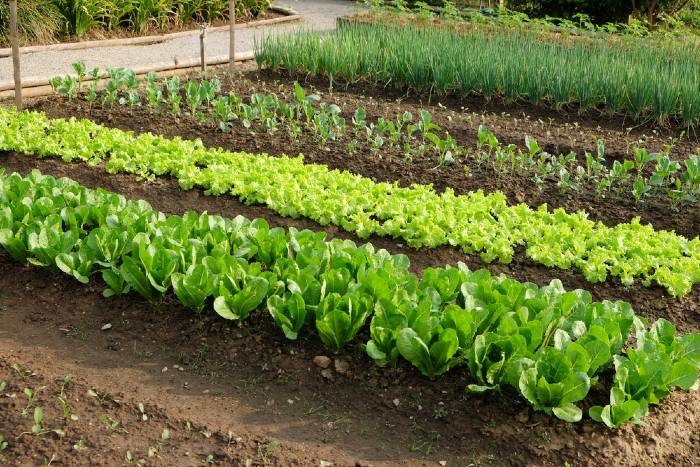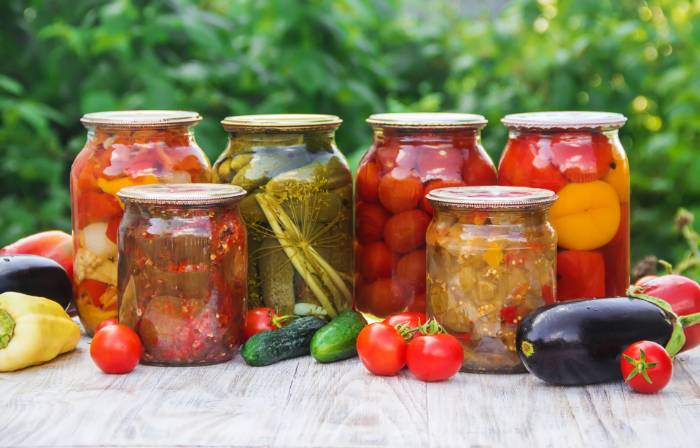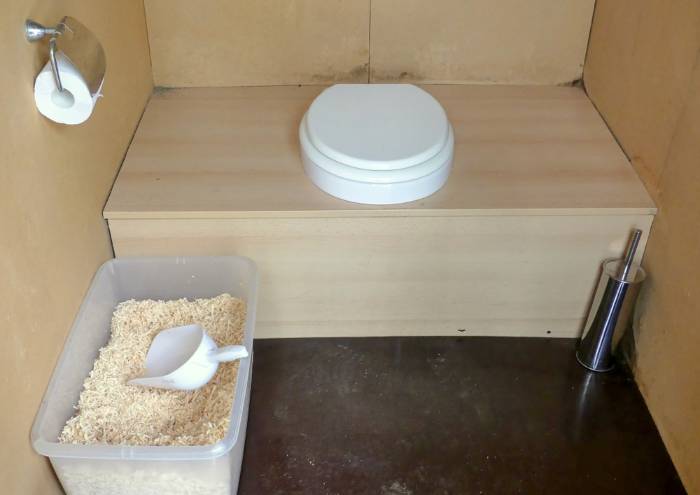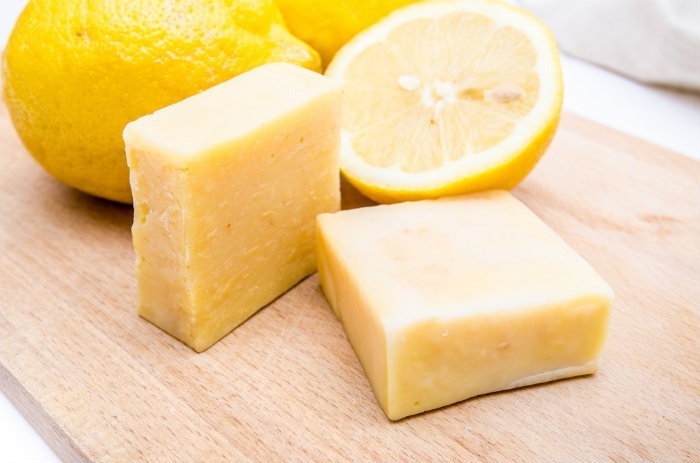Master These 133 Skills and Transform Your Homestead Today!

Make sure to like Living Green and Frugally on Facebook, Shop at Amazon to help support my site and explore our PINTEREST BOARDS for innovative ways you can become self-sufficient.
Dreaming of becoming more self-sufficient on your homestead but feeling constrained by limited land or location? The good news is that you can still achieve your goals with the right skills and techniques. You don’t need vast acres of countryside to embrace the art of modern homesteading; all you need is a willingness to learn and apply the proper skills.
Are you ready to unlock the secrets of self-sufficiency and homestead living? Look no further than pioneersettler.com, where a comprehensive list of 133 essential skills and tips for modern homesteaders awaits. This treasure trove of knowledge covers a wide range of topics, providing you with the guidance you need to thrive on your homestead, no matter where you are.
Basic Homesteading Skills
- Gardening Basics – Learn how to prepare soil, plant crops, and water efficiently to grow your own food.
- Composting – Transform kitchen scraps and yard waste into rich compost to improve soil quality.
- Seed Saving – Collect seeds from your crops to plant in the next season without needing to purchase new ones.
- Pruning Trees – Proper pruning techniques ensure healthy growth and optimal fruit production.
- Mulching – Protect soil moisture, suppress weeds, and improve soil structure using organic mulches.
- Identifying Weeds – Learn to recognize and remove weeds without damaging your crops.
- Crop Rotation – Change crop locations each season to maintain soil fertility and reduce pests.
- Irrigation Techniques – Efficient watering methods like drip irrigation reduce water usage and increase crop yields.
- Container Gardening – Grow herbs, vegetables, and even fruit in small spaces using containers.
- Indoor Herb Gardening – Cultivate fresh herbs indoors, even in the winter, for year-round use.
- Rainwater Harvesting – Capture and store rainwater for use in irrigation, saving on water bills and conserving resources.
- Compost Tea Brewing – Use compost to create a liquid fertilizer that boosts plant health.
- Building Raised Beds – Raised beds improve drainage, prevent soil compaction, and allow for easier gardening.
- Seedling Transplanting – Learn how to carefully transplant seedlings into the garden to ensure they thrive.
- Fencing – Protect your garden from animals and create boundaries using various fencing materials.
- Basic First Aid – Be prepared to treat minor injuries and ailments on the homestead with a first aid kit and knowledge.
- Drought-Resistant Gardening – Select plants and techniques that thrive with minimal water, perfect for dry climates.
- Cooking from Scratch – Master homemade meals using simple ingredients you grow and harvest yourself.
- Firewood Splitting and Stacking – Efficiently split and store firewood to ensure a steady heat supply during winter.
- Making Compost Bins – Build your own composting system to efficiently recycle organic waste into usable soil.

Livestock Management
- Chicken Care – Raise chickens for eggs and meat while learning how to provide proper nutrition, shelter, and protection.
- Goat Milking – Learn the techniques for milking goats to produce fresh, delicious milk for home use.
- Cattle Rearing – Understand the basics of raising cows for milk or meat, including pasture management and health care.
- Sheep Shearing – Learn how to shear sheep for wool, which can be spun into yarn or used in other crafts.
- Pig Raising – Raise pigs efficiently for pork by managing their diet, shelter, and overall health.
- Duck Rearing – Keep ducks for eggs and meat, while providing them with the proper care and water environment.
- Rabbit Breeding – Rabbits are an excellent source of meat and fur; learn how to care for and breed them responsibly.
- Beekeeping – Manage bees for honey and wax, while also contributing to pollination for your garden and orchard.
- Horse Training – Basic training and care for horses can assist with transportation, farm labor, or recreational riding.
- Feeding Livestock – Understanding nutritional needs is crucial to raising healthy animals that provide quality meat, milk, or eggs.
- Animal Health Checks – Regularly check your animals for signs of illness or injury, and be prepared to administer basic veterinary care.
- Building Animal Shelters – Ensure your livestock has proper shelter from the elements and predators with DIY barns or pens.
- Hatching Chicks – Use incubators or brooding hens to hatch your own chicks and expand your flock.
- Fence Building – Build sturdy and secure fencing to keep livestock safe from predators and prevent escape.
- Goat Fencing – Goats are notorious escape artists, so building a high, secure fence is crucial for keeping them contained.
- Culling Livestock – Learn how to humanely process animals for meat when necessary.
- Animal First Aid – Treat common livestock injuries with basic veterinary care and supplies.
- Hoof Trimming – Regularly trim the hooves of goats, cows, or horses to prevent overgrowth and injury.
- Egg Collection – Properly collect, clean, and store eggs to ensure they stay fresh and safe to eat.
- Animal Foraging – Grow crops specifically to feed your livestock, reducing dependency on commercial feed.

Food Preservation and Preparation
- Canning Fruits – Preserve your summer fruit harvest by canning, a method that ensures a long shelf life.
- Canning Vegetables – Learn to safely can vegetables to enjoy your garden produce year-round.
- Fermentation – Ferment foods like kimchi, sauerkraut, or pickles to preserve them and add probiotics to your diet.
- Dehydrating – Preserve herbs, fruits, vegetables, and even meats by removing moisture.
- Smoking Meat – Smoke meat to extend its shelf life while adding a deep, rich flavor.
- Making Jerky – Dehydrate and season meat to create long-lasting, portable protein.
- Freezing Produce – Prepare vegetables and fruits for freezing to preserve their flavor and nutrients.
- Baking Bread – Master the art of making bread from scratch, including kneading and proofing dough.
- Sourdough Starter – Keep a sourdough starter for baking naturally leavened bread with a distinct flavor.
- Making Cheese – Learn to make simple cheeses like mozzarella, ricotta, or cheddar from fresh milk.
- Yogurt Making – Make homemade yogurt by fermenting milk with beneficial bacteria.
- Butter Churning – Turn cream into butter using a churn, adding a hands-on touch to your dairy routine.
- Jam and Jelly Making – Preserve fruits with sugar to make jams and jellies that last all winter.
- Vinegar Making – Create vinegar from fruit scraps or wine for use in cooking or cleaning.
- Winemaking – Ferment grapes or other fruits to make wine, which can be enjoyed or sold.
- Beer Brewing – Learn the basics of homebrewing beer from grains, hops, and yeast.
- Making Sauerkraut – Ferment cabbage to make sauerkraut, which is rich in probiotics.
- Salting Meat – Preserve meat with salt, a time-tested method of extending its shelf life.
- Curing Bacon – Home-cure pork belly to make your own flavorful bacon.
- Food Storage Techniques – Learn to store grains, flour, and bulk foods to prevent spoilage and pests.

Renewable Energy & Resource Management
- Solar Panel Installation – Set up solar panels to produce renewable energy for your home or outbuildings.
- Wind Turbine Basics – Install small wind turbines to generate power for your homestead.
- Hydropower – Utilize running water on your property to generate electricity.
- DIY Water Filtration – Build a filtration system to ensure your water is clean and safe to drink.
- Greywater Recycling – Recycle water from sinks and showers for use in the garden.
- Off-Grid Heating – Use alternative heating methods like wood stoves or passive solar heating to stay warm without relying on the grid.
- Solar Water Heaters – Use solar power to heat water for your home, reducing electricity usage.
- Compost Toilets – Install a composting toilet to reduce water use and produce nutrient-rich compost for the garden.
- Rainwater Collection – Set up systems to collect and store rainwater for irrigation or household use.
- Building a Root Cellar – Construct an underground storage space to keep vegetables and canned goods cool and fresh.
- Heat Retention Systems – Learn to design homes or shelters that naturally retain heat, reducing your need for artificial heating.
- Insulating Your Home – Proper insulation is key to keeping your home warm in winter and cool in summer.
- DIY Geothermal Heating – Install a geothermal system to use the earth’s heat to warm your home.
- Solar Ovens – Build and use solar ovens to cook food using only the sun’s heat.
- Emergency Power Systems – Prepare for power outages with backup generators or alternative power sources.
- Biogas Production – Convert organic waste into biogas, which can be used for cooking or heating.
- Electric Fencing – Use solar or battery-powered fencing to protect livestock or gardens from predators.
- Woodstove Operation – Safely operate a woodstove for cooking and heating.
- Managing Firewood – Learn to efficiently cut, split, and store firewood for long-term use.
- Water Well Maintenance – Regular maintenance of your water well ensures a consistent, clean water supply.

Home and DIY Projects
-
- Soap Making – Craft your own soap using natural oils, fats, and lye for a chemical-free product.
- Candle Making – Create homemade candles from beeswax or other natural materials.
- Homemade Laundry Detergent – Make your own eco-friendly detergent using simple ingredients like washing soda and essential oils.
- Making Natural Cleaners – Use vinegar, baking soda, and essential oils to make chemical-free household cleaners.
- DIY Herbal Remedies – Learn how to grow, harvest, and prepare herbal remedies for common ailments.
- Building a Chicken Coop – Design and build a safe, predator-proof coop for your chickens.
- Making Natural Dyes – Use plants and other natural materials to dye fabrics in a sustainable way.
- Weaving Baskets – Craft baskets from natural materials like willow or reed for storage or decoration.
- Quilting – Learn the timeless skill of quilting to make blankets, pillows, and other home items.
- Hand-Sewing Techniques – Master basic sewing skills to repair clothes or create homemade garments.
- Knitting and Crocheting – Make clothing, blankets, or home décor with yarn through knitting or crocheting.
- Soap Carving – Turn homemade soap into decorative pieces through soap carving techniques.
- DIY Pest Control – Use natural, non-toxic methods to keep pests out of your home and garden.
- Natural Insect Repellents – Make insect repellents using essential oils like lavender, citronella, and peppermint.
- Welding Basics – Learn basic welding techniques for repairing tools or constructing metal structures.
- Home Brewing Kombucha – Brew your own probiotic-rich kombucha at home for a health-boosting drink.
- DIY Greenhouses – Build a greenhouse to extend your growing season and protect plants from harsh weather.
- Building Shelves – Learn how to build sturdy shelves for home organization or storage.
- DIY Chicken Feeders – Craft durable feeders that reduce waste and ensure your flock gets enough food.
- Dry Stone Walling – Master the art of building dry stone walls for landscaping or animal enclosures without the use of mortar.

Advanced Homesteading and Self-Sufficiency Skills
-
-
- Butchering Animals – Learn to humanely butcher livestock like chickens, goats, or pigs for meat.
- Rendering Lard – Render fat from animals to make lard, which can be used for cooking or soap-making.
- Making Tallow Candles – Use tallow, a byproduct of butchering, to make long-lasting, slow-burning candles.
- Making Leather – Learn how to tan hides to create durable leather for clothing, shoes, or other items.
- Spinning Wool – Process wool from sheep into yarn, which can be used for knitting or weaving.
- Weaving Fabric – Use a loom to weave threads into fabric for clothes, blankets, or home décor.
- Knapping Flint – Learn the ancient skill of knapping to shape flint into tools or weapons.
- Building a Smokehouse – Construct a smokehouse to cure meat and preserve it for long-term storage.
- Making Charcoal – Create your own charcoal for use in cooking, blacksmithing, or as a soil amendment.
- Sustainable Logging – Practice responsible logging techniques to ensure forest health and sustainability.
- Growing Medicinal Herbs – Cultivate herbs like echinacea, chamomile, and lavender for natural remedies.
- DIY Hydroponics – Grow plants without soil using water-based nutrient solutions for high-efficiency gardening.
- Building a Cob Oven – Construct a traditional earthen cob oven for outdoor cooking and bread baking.
- Processing Wool – Wash, card, and prepare raw wool for spinning or felting.
- Forging Tools – Use blacksmithing techniques to create or repair homestead tools and equipment.
- Making Natural Skincare Products – Use beeswax, essential oils, and herbs to create lotions, balms, and salves.
- Broom Making – Craft functional and decorative brooms from natural materials like straw or broomcorn.
- Candle Dipping – Learn the traditional method of dipping candles by hand using beeswax or tallow.
- Repairing Fences – Maintain and repair livestock fences to ensure they remain secure and functional.
- Managing Beehives – Keep your beehive healthy and productive by inspecting regularly and preventing swarming.
-

Homestead Management and Survival Skills
-
-
- Fire Building – Master the art of building efficient fires for warmth, cooking, or emergency situations.
- Natural Disaster Preparedness – Prepare your homestead to withstand natural disasters like storms, floods, or droughts.
- Root Vegetable Storage – Store root vegetables like potatoes, carrots, and beets for long-term preservation.
- Making Pemmican – Prepare this nutrient-dense survival food by combining dried meat, fat, and berries.
- Permaculture Design – Use permaculture principles to design a sustainable, self-sufficient homestead.
- DIY Water Pumps – Build or maintain manual water pumps for access to groundwater in off-grid situations.
- Making a Sun Oven – Build a solar oven to cook food using only the sun’s energy.
- Growing Fungi – Cultivate edible mushrooms like shiitake or oyster mushrooms on logs or in containers.
- Raising Guinea Fowl – These birds are excellent for pest control and provide eggs and meat as well.
- Building Cold Frames – Construct cold frames to extend the growing season for cool-weather crops.
- Landscaping for Wildlife – Design parts of your homestead to attract beneficial wildlife like pollinators or pest-eaters.
- DIY Fishing Gear – Create your own fishing poles, nets, or traps for self-sustained fishing.
- Firearm Maintenance – Learn how to safely clean and maintain firearms for hunting or homestead protection.
-
